Join an Oxlip Wood working party
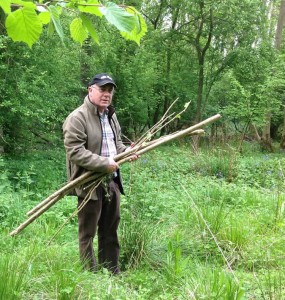 The benefits of spending time outdoors are well documented, achieved simply by going on a walk or working in the garden. However, if you like spending time in woodland then you could benefit both yourself and the wood itself through joining in with an Oxlip Wood working party.
The benefits of spending time outdoors are well documented, achieved simply by going on a walk or working in the garden. However, if you like spending time in woodland then you could benefit both yourself and the wood itself through joining in with an Oxlip Wood working party.
You can enjoy a day out in our ancient and wild woodland, helping with light management tasks. In return we’ll provide refreshments and lunch.
Dates for woodland working parties
You can register via Eventbrite for one or both woodland working party events we have planned in November of this year.
Woodland working party at Oxlip Wood on Sunday 8th November
Woodland working party at Oxlip Wood on Sunday 15th November
Woodland working party at Oxlip Wood on Sunday 22nd November
Woodland working party at Oxlip Wood on Sunday 29th November
Benefits of coming along to a woodland working party
The benefits of being involved in activities outdoors, for improvements in wellbeing, are well documented. As repayment for your help with light woodland management tasks we’ll provide you with hot and cold drinks and even a lunch cooked over an open fire.
We’ll even send you home with some firewood as a thank you for giving your time to help transform Oxlip Wood from its current state to one with potential for future vibrancy and biodiversity.
You can read more about the various firewood purchase options we provide.
A brief history of the wood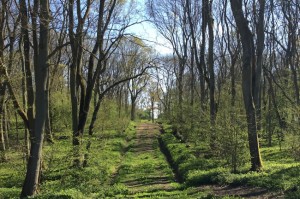
To get you up to speed, our wood was established as a deer hunting park in the fourteenth century, now reduced in size to just under 20 acres from it’s original 30 as a result of centuries of agricultural working of the surrounding land.
Simon de Drayton was licensed by Edward III in 1328 to establish the land as a hunting wood within the Kings own Rockingham Forest. What is perhaps most unusual is the fact that the area was to be a ladies hunting wood, the deer being enclosed by a bank topped with fencing.
The ancient bank is still visible in various areas just inside the boundary and it’s our duty, when working in the wood, to take great care not to cause any damage to any remaining valuable historical evidence.
Major management work tasks
We categorise major management work as those being tasks requiring use of contractors and their machinery, rather than lighter woodland tasks suitable for volunteers.
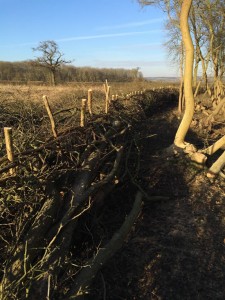 Fencing Oxlip Wood
Fencing Oxlip Wood
The biggest job we’ve undertaken is to fence the wood using a combination of hedge-laying, with additional post and wire fencing to deter entry by deer.
Previous to the fencing of the wood, the Fallow deer, many dozen at a time, loved to visit from the larger woods around to snack on any tasty young tree and shrub growth they passed.
Once we became the owners of the wood it quickly became apparent that the deer needed to be excluded from the wood if there was to be any effective plant regeneration in areas where felling had taken place.
Ride Management
The rides (tracks) through the wood are the same as on the original 1420 map, but we’ve had to strengthen the surface so that vehicles don’t cause too much damage when felled trees need to be moved. We’ve also had to dig out ditches alongside the tracks to help with drainage.
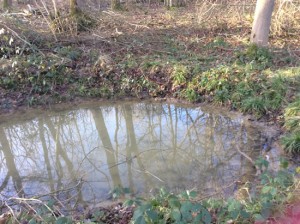 Pond creation
Pond creation
There is an area of water at the bottom of the wood, but this dries up pretty quickly outside of the winter months which effectively means there is not area of naturally occurring water within the wood.
Access to water is necessary if we want to encourage biodiversity, so we hired a man with a digger to come along to dig out a pond dug half way up the wood.
The drainage ditches along the main central track were then channelled to run their water into the pond, that now provides a drinking place for the creatures, birds and insects that make the wood their home.
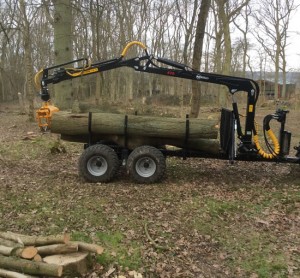 Tree felling
Tree felling
For management purposes the wood is divided into 14 areas called “coupes”. We’ve felled 60% of the trees in two of these, as specified by our Forestry Commission Management Plan.
This might seem to be too many trees cut down, but the light that has flooded the area after the tree felling has transformed the areas from dark, chilly places to places where light and warmth flourish.
The Bluebells that appeared as if by magic in the areas that were felled last winter were amazing to behold in the Spring. We’ve also noticed that other new, post-felling plant growth has contributed to an increase in numbers and species of butterflies and insects within the wood.
Smaller woodland management work tasks
These jobs are suitable for anyone who is reasonably fit and doesn’t suffer from back problems likely to be exacerbated by bending, twisting and maybe having to move pieces of felled branches underfoot that are impeding progress of a job that’s being undertaken. Any requirement for heavy lifting of wood is carried out by machines!
Managing shrubs and young trees
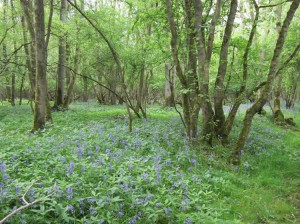 With light comes plant growth, as previously described. A carpet of Bluebells brings gasps of delight and appreciation, whereas the poor Bramble is almost universally cursed at by anyone unlucky enough to fall prey to its clutches!
With light comes plant growth, as previously described. A carpet of Bluebells brings gasps of delight and appreciation, whereas the poor Bramble is almost universally cursed at by anyone unlucky enough to fall prey to its clutches!
Brambles do however provide valuable feeding stations and habitat for insects and mammals, but they also have an alarmingly fast growth rate, so they need to be ‘actively’ managed.
We use a brush-cutter to manage large patches of brambles, but exploratory bramble fronds that are encountered creeping over the tracks, or the perimeter fence can be checked by a quick snip by a pair of secateurs, an activity I find can get quite addictive!
Layering of hazel shrubs is another task that needs to be done. Young pliable Hazel branches are bent down and pegged into the ground, from where new shoots will eventually grow.
There’s a lot of Hazel bushes that need layering, so we really appreciate any help we can get with completing our quota of necessary work. When you’re working in a group it’s actually a pleasurable, relaxing and rewarding task to be involved with, It’s rewarding when you can stand back and look at the area you’ve worked, even more so if you return in a few months and see the results of your labours beginning to sprout.
Creating wildlife habitats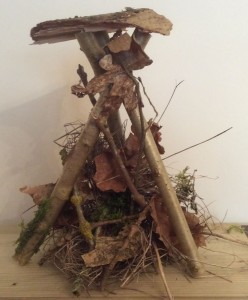
The other small management work tasks we do are involved with creating wildlife habitats out of felled wood pieces. We collect and pile these up against trees, providing places where insects and small mammals can find shelter during the coldest months.
The wood gradually rots down, providing a food source for larvae and the birds that feed on them. The birds, if they find good sources of food, are more likely to build nests and raise their families in the area.
So, there’s a little insight into the benefits and value of being involved in woodland management, not to mention the health benefits and value to all those involved in carrying out the work.
We hope you’ll decide that joining a woodland working party at Oxlip Wood is a great way to become a member of the Outdoor Tribe, benefitting both yourself and the woodland environment.


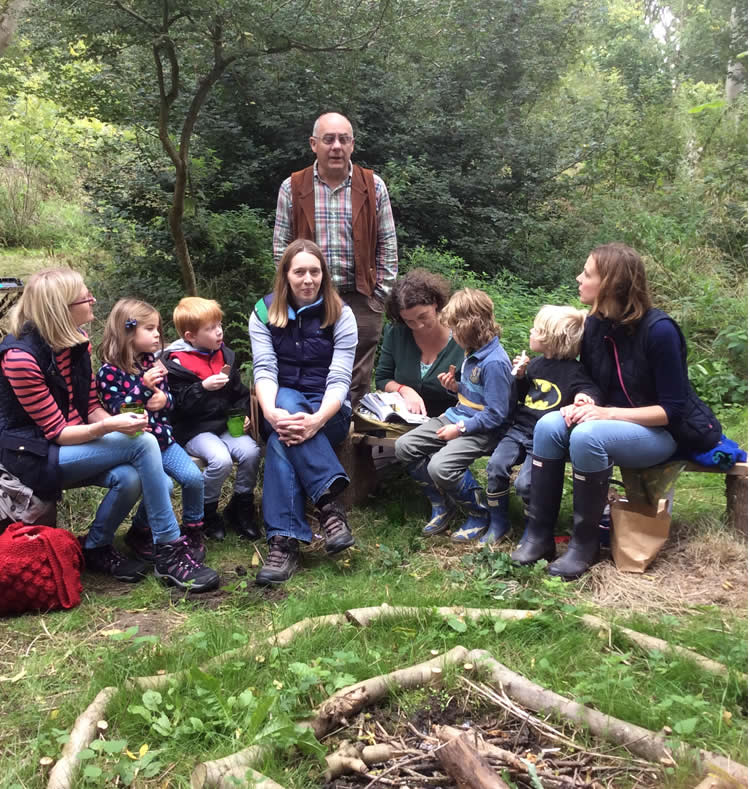

Recent Comments